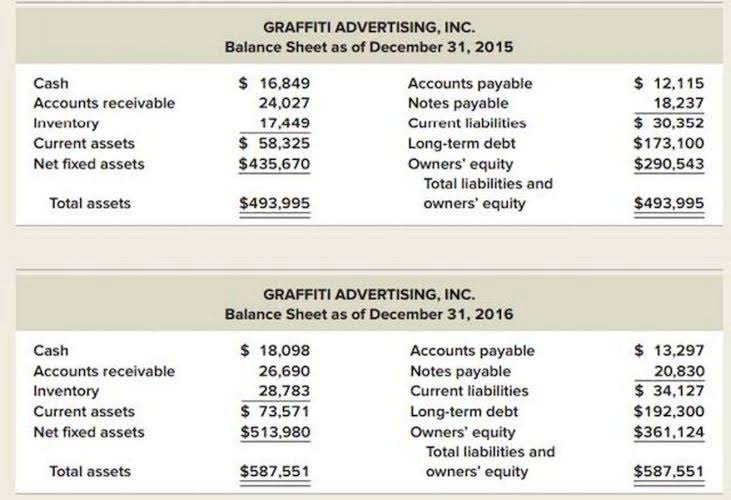What Is Period Expenses? Importance, Types, and Calculation

That would depend on whether the depreciation is on property and equipment related to the manufacturing process or not. With a solid financial plan in place, you can identify which components are driving up your product costs and adjust accordingly. In this guide, we’ll show you how to calculate product cost and how doing so can help you make informed decisions about crowdfunding, refine your pricing strategy, and improve profitability. In other words, period costs are related to the services consumed over the period in question.
Period Costs vs. Product Costs
They are also included in determining the amount of revenue that has been earned when an asset is sold, which in turn can affect both revenues and costs in future accounting periods. To make a profit and keep your bakery thriving, you’ll likely set a price for your cakes that’s higher than $10. Product costs help you set these prices, ensuring you cover all the expenses and have some left for profit. So, product costs become your pricing compass, guiding you to set prices that keep your bakery in business. Accurately calculating product costs also assists with more in-depth analysis, such as per-unit cost. Per-unit cost is calculated by dividing your costs by the number of units produced.
How to Determine a Period Cost?
Because product and period costs directly impact your financial statements, you need to properly categorize and record these costs in order to ensure accurate financial statements. In other words, period costs are expenses that are not linked to the production process of a company but rather are expenses incurred over time. The period cost is important and a necessary thing to keep track of because it allows you to know your company’s net income for each accounting period. Keeping track of the period of cost is also important for filing accurate business taxes and for preparing for an audit. Tracking period costs will also help a business balance its budget and gain savings. It will also allow a business to focus on growing and controlling direct costs.
Considerations in Production Costs Calculations
It is an important metric, particularly when determining product pricing. The main characteristic of these costs is that they are incurred over a period of time (during the accounting period). These costs may include the cost of raw materials used in production, wages of workers who operate in producing goods, or the cost of utilities consumed by manufacturing facilities. Period costs take up most of the space on the expense section of your income statement. In some cases, it will be too expensive for a company to eliminate certain types of period costs from its operations.
- If product and period costs are overstated or understated, or not recorded at all, your financial statements will be wrong as well.
- The articles and research support materials available on this site are educational and are not intended to be investment or tax advice.
- Instead, they’re more about keeping the business running smoothly and supporting its overall operation.
- Unlike period costs, product costs are tied to the production of a product.
- Period costs are the expenses that a company incurs during a specific accounting period but aren’t directly related to the product’s development.
Period costs vs. product costs: What’s the difference?
Every cost incurred by a business can be classified as either a period cost or a product cost. A product cost is incurred during the manufacture of a product, while a period cost is usually incurred over a period of time, irrespective of any manufacturing activity. A product cost is initially recorded as inventory, which is stated on the balance sheet. Once the inventory is sold or otherwise disposed of, it is charged to the cost of goods sold on the income statement. A period cost is charged to expense on the income statement as soon as it is incurred. Product costs include direct materials, direct labor, and overhead expenses.

Period expenses are costs that help a business or other entity generate revenue, but aren’t part of the cost of goods sold. Word-of-mouth often takes a blend of advertising, product development, sales, and customer support to ensure growth. This not only helps you determine the next project to prioritize but also maximizes your profits. Understanding how to properly categorize these costs helps you optimize your spending, prioritize investments, and ultimately, drive the company’s growth and success. One way to identify a period cost is to assess how the cost is incurred. The person creating the production cost calculation, therefore, has to decide whether these costs are already accounted for or if they must be a part of the overall calculation of production costs.
Create a minimal viable product (MVP)

The main benefit of classifying costs as either product or period is that it helps managers understand where their costs are being incurred and how those costs relate to the production process. This information can be used to make decisions about where to allocate resources and how to improve efficiency. However, you’ll still have to pay the rent on the building, pay your insurance and property taxes, and pay salespeople that sell the products currently in inventory. Since product costs are linked to a product, a company can report such costs in the category of cost of goods sold on the income statement. To quickly identify if a cost is a period cost or product cost, ask the question, “Is the cost directly or indirectly related to the production of products?

Product cost: assessing the true cost of production and setting product prices
What a company expects to pay during a particular accounting period is included in an expense account while what it pays during the period goes into a prepaid expense account. Period costs are like the backstage crew ensuring the business show runs smoothly. Remenber, they include period costs formula things like rent, salaries, and advertising costs? But they’re ongoing expenses necessary for the daily operation of the entire bakery. Operating expenses are the funds a business pays regularly to stay in business – rent, salaries, and advertising costs, to name a few.
What is the benefit of classifying costs as products or periods?

So if you pay for two years of liability insurance, it wouldn’t be good to claim all of that expense in the period the bill was paid. Since the expense covers a two year period, it should be recognized over both years. As mentioned before, there is no clear formula for calculating period costs. Period costs are typically located on the income statement for the accounting period in which they are incurred.
